In a fresco in the Catacomb of Domitilla in Rome, a young martyr in a tunic and palla (draped shawl) with “Petronilla Martyr” inscribed near her head introduces a woman named Veneranda to heaven. The deceased Veneranda, wearing a loose dalmatica (gown) and a veil, has her hands raised in praise. Petronilla points to a round casket filled with scrolls. Veneranda has followed the Bible’s teachings. The books have been opened and she is welcomed into paradise by Petronilla.
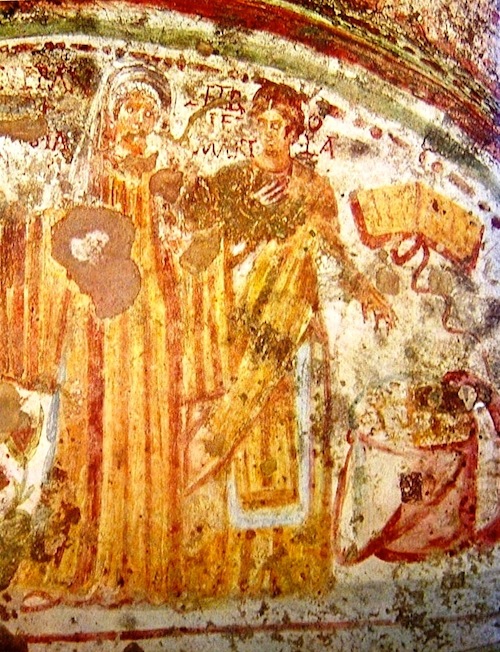
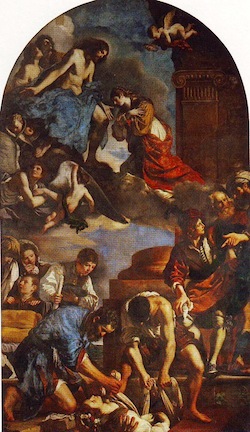
It is not known for sure how Petronilla died. She was, however, in the very early first and second century church always considered a martyr. Petronilla is often identified as the daughter of the Apostle Peter. We know Peter was married because Jesus healed his mother-in-law of a fever in Mark 1:29-31. The 2nd century writer Clement of Alexandria wrote in Stromata 3.52-53 that “Peter and (the Apostle) Philip fathered children and Philip gave his daughters in marriage,” and Ignatius, the disciple of the Apostle John, said: “For I pray that, being found worthy of God, I may be found at their feet in the kingdom; as at the feet of Abraham and Isaac and Jacob; as of Joseph and Isaiah and the rest of the prophets; as of Peter and Paul and the rest of the apostles that were married men. For they entered into these marriages not for the sake of appetite, but out of regard for the propagation of mankind.” On The Philadelphians 4.1:81
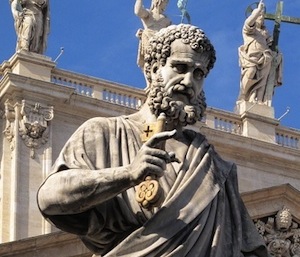
In The Roman Martyrology, first compiled in the 4th century and updated over the centuries, the Church acknowledges Petronilla as Peter’s daughter: “St. Petronilla, Virgin (and Martyr), daughter of the blessed apostle Peter, who refused to marry the nobleman Flaccus. Given three days for consideration, she spent them in fasting and prayer. On the third day, having received Christ sacramentally, she gave up her spirit.”
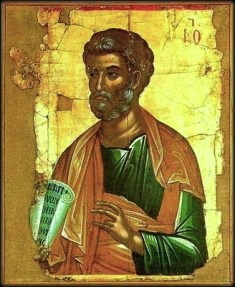
Some have speculated that Petronilla was Peter’s “spiritual daughter,” but there is no historical reason to believe this. It does not disparage Peter or his importance or his election to believe that children were a natural outcome of his marriage.
One of the early 2nd century heresies of the Church was the doctrine pronounced by both Tatian and the Encratites that marriage was evil. Irenaeus (c.120-c.202) who was a disciple of Polycarp who was a disciple of the Apostle John wrote Against Heresies to refute this and other radical departures from Biblical and Apostolic thought:
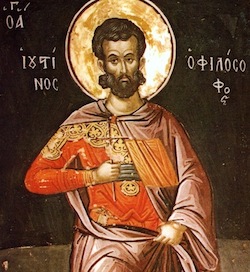
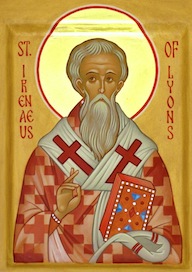
“….those who are called Encratites preached against marriage, thus setting aside the original creation of God, and indirectly blaming God Who made the male and female for the propagation of the human race….(Tatian) was excited and puffed up by the thought of being a teacher, as if he were superior to others, composed his own peculiar type of doctrine….he declared that marriage was nothing else than corruption and fornication.” 1.28—Article by Sandra Sweeny Silver
